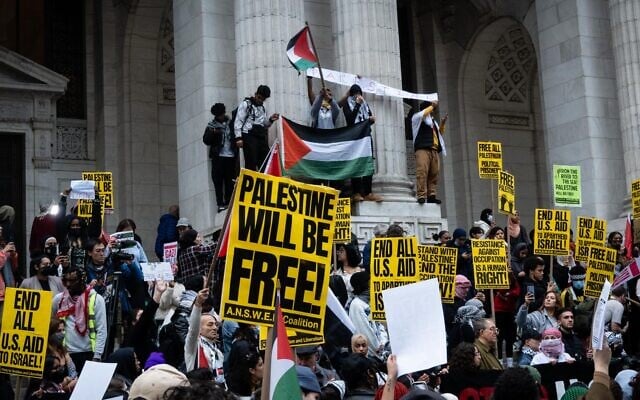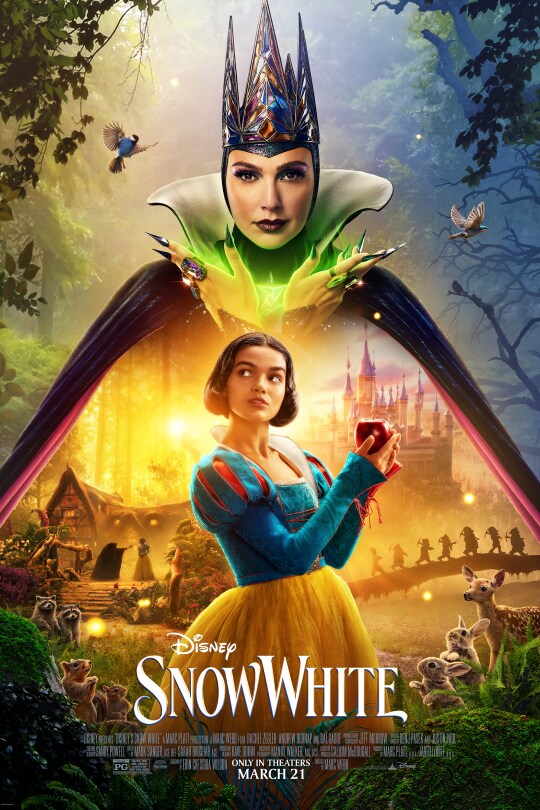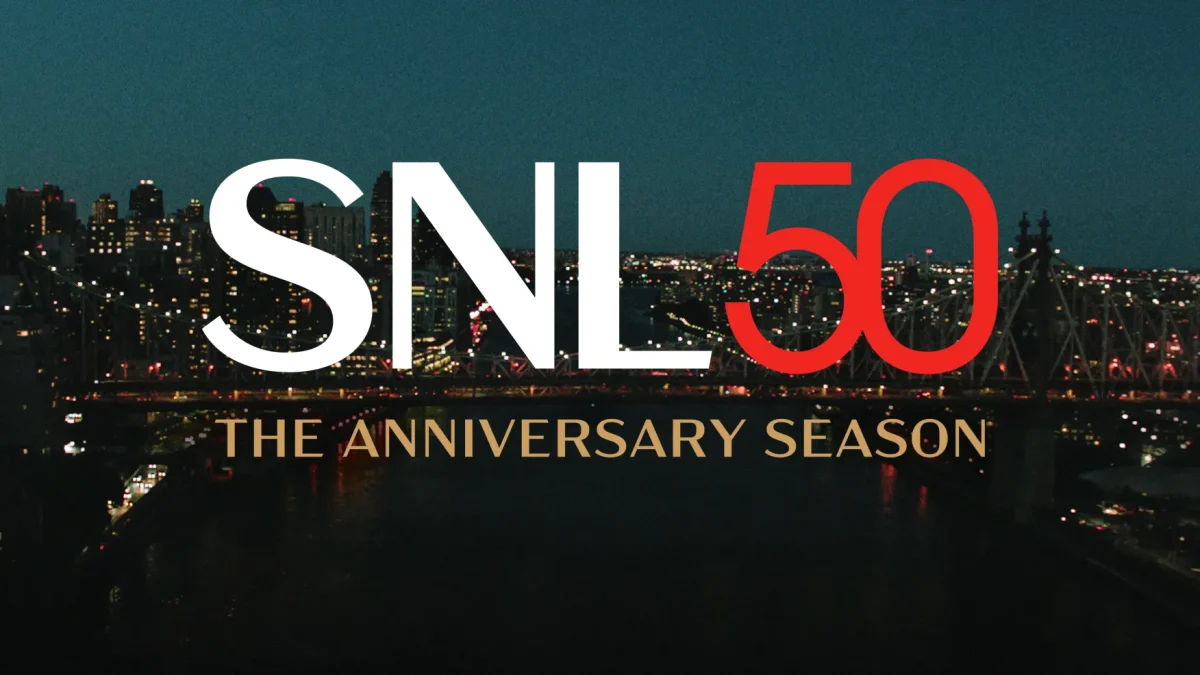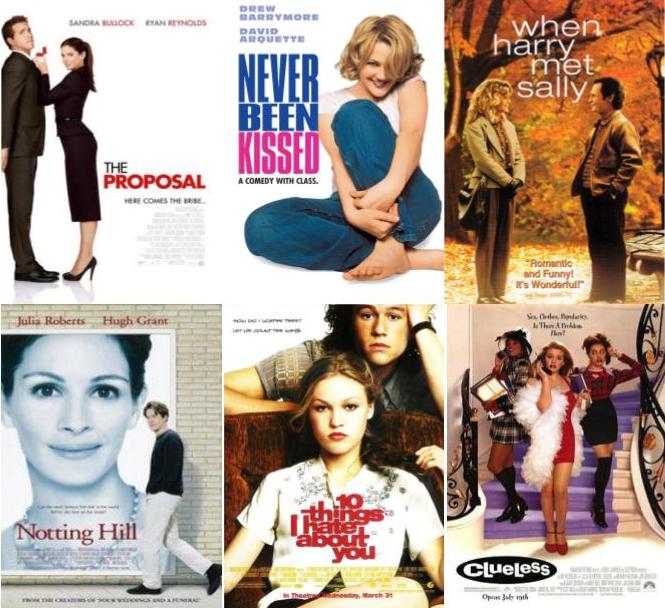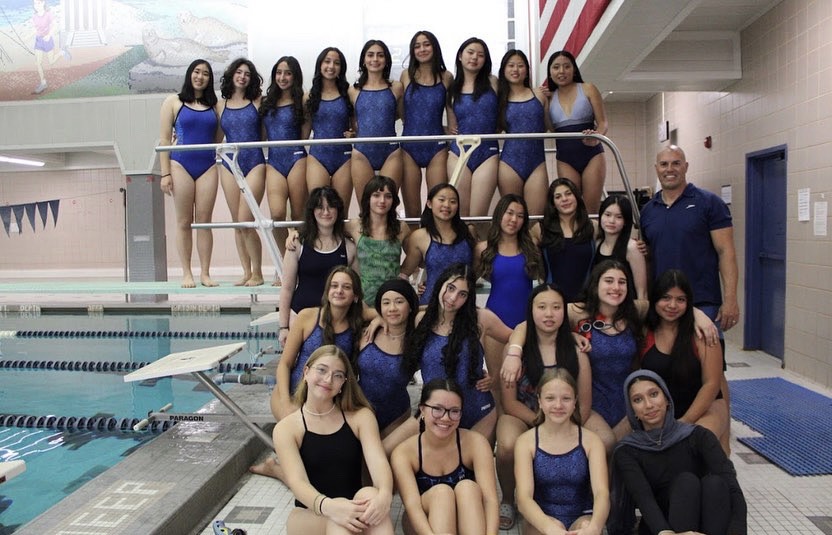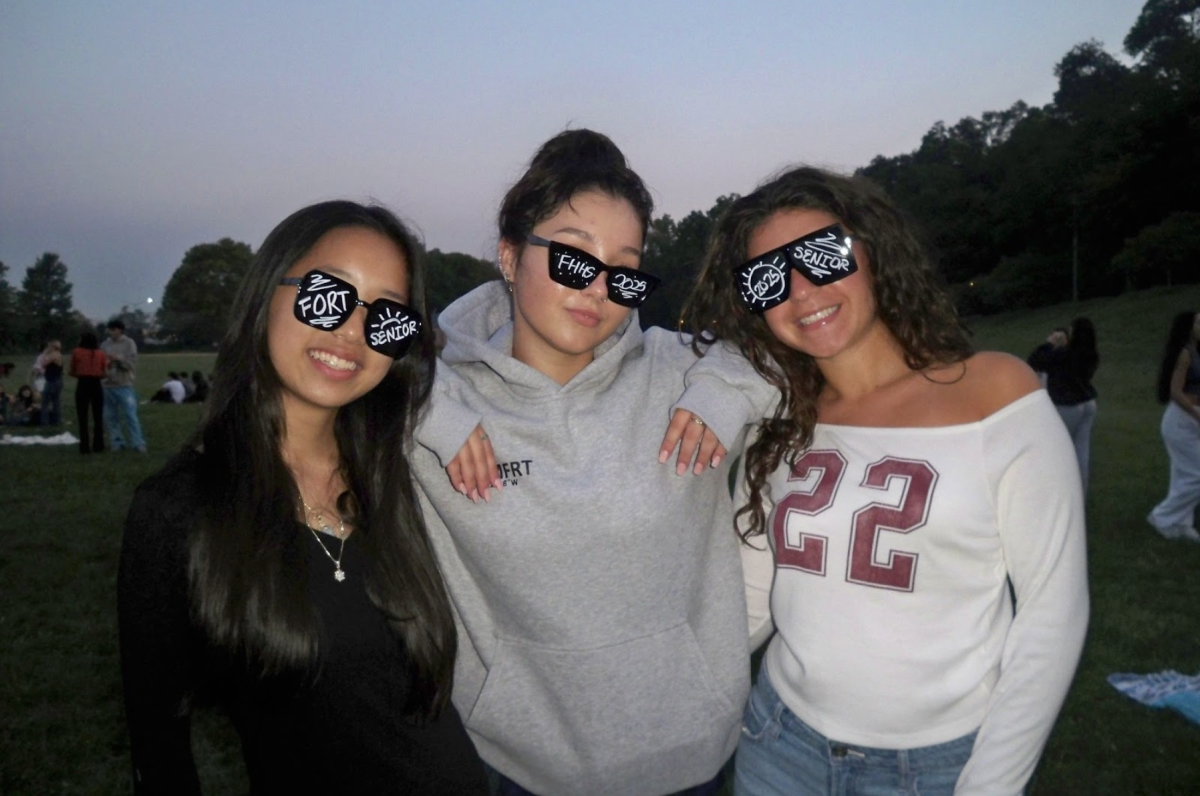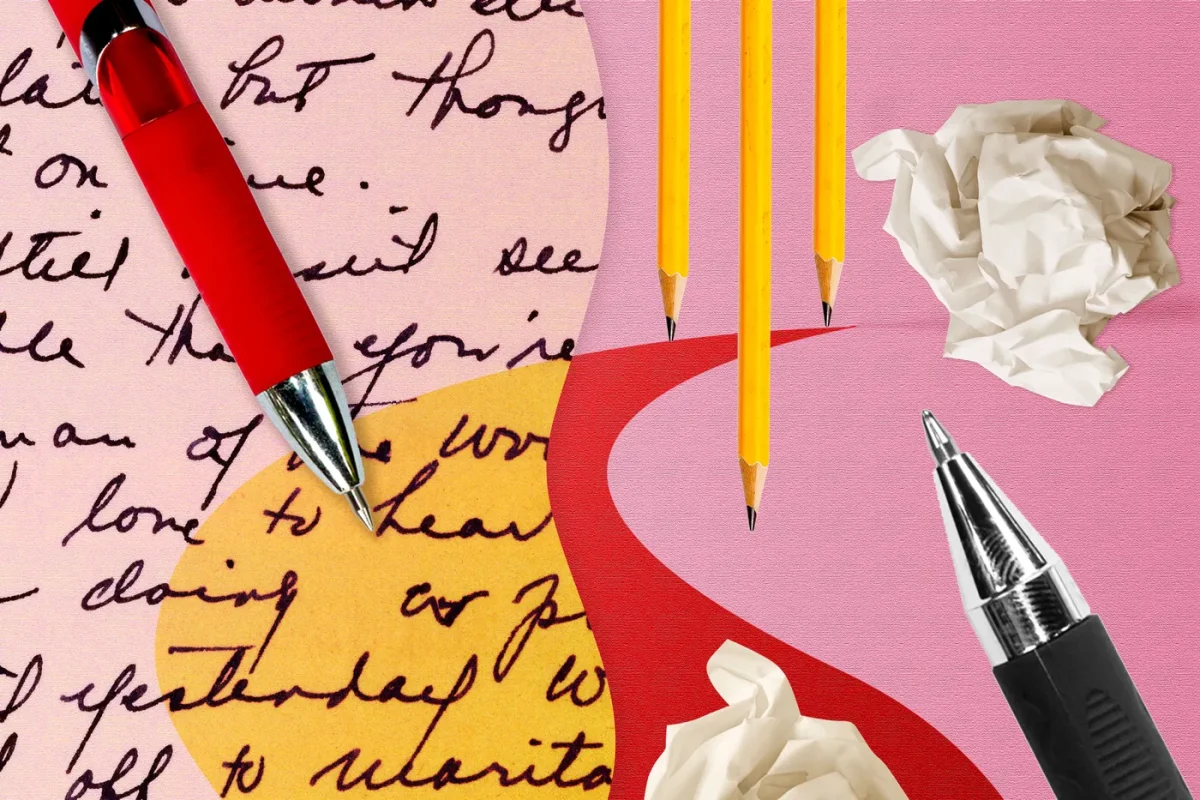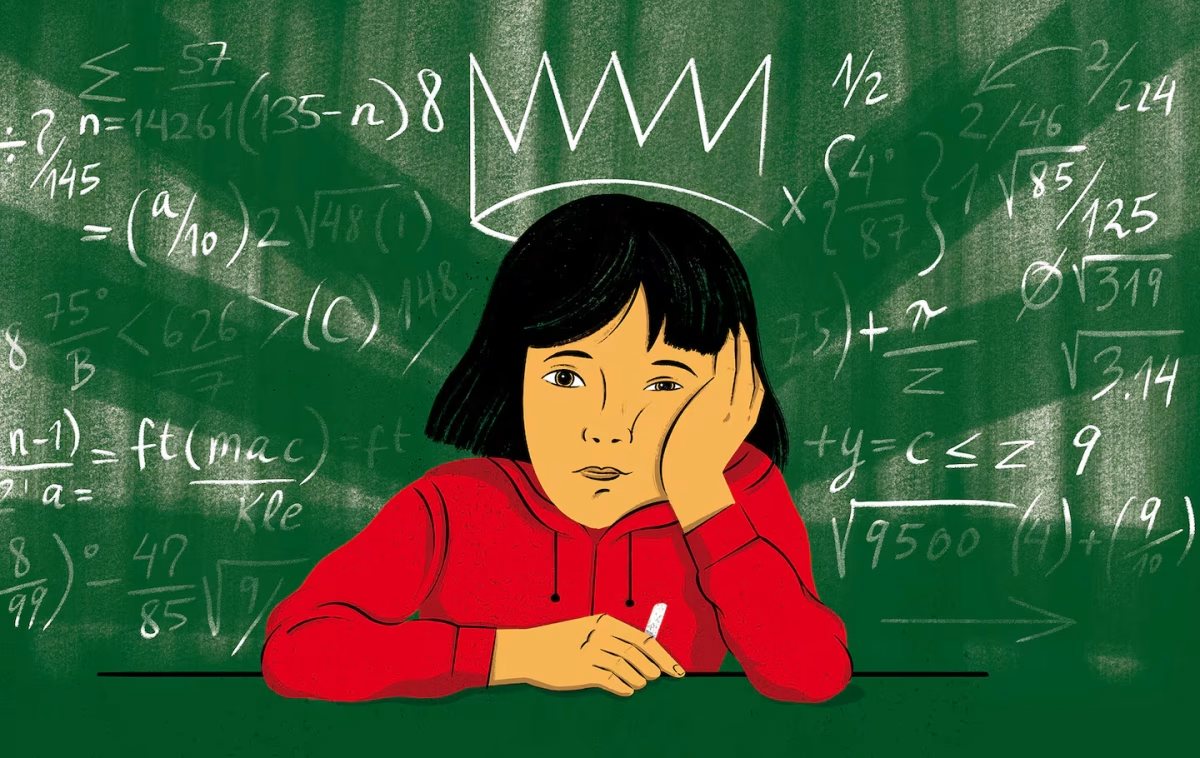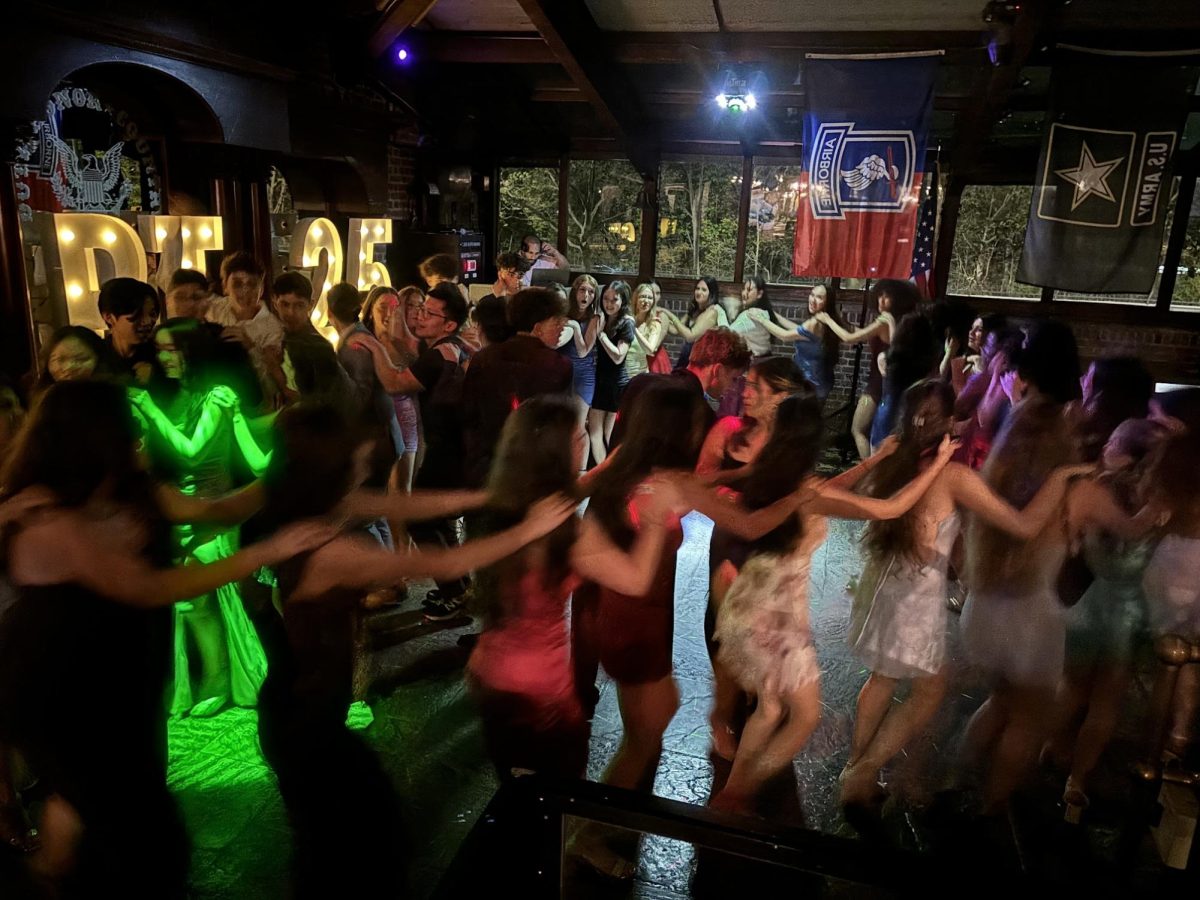About a year has passed since Russia’s invasion of Ukraine, yet it is still difficult to determine how the war will evolve. The world is waiting to see if Ukraine’s persistence is strong enough to overcome Russia’s vigor. The conflict between Russia and Ukraine has an extensive history, and in order to understand this war, it is important to understand everything that has led up to it.
Ukraine was controlled by the Russian empire during the eighteenth and nineteenth centuries. The Russian Revolution of 1917 caused the empire to collapse, and Ukraine gained its freedom through the Ukrainian War of Independence but was taken over during the formation of the Soviet Union. Ukraine became one of its republics. Meanwhile, the USSR continued expanding its control.

The Soviet Union and its conquered regions held a communist and authoritarian government while Western Europe, the United States, and Canada were developing more modern democracies and capitalist societies. Nations in North America and Western Europe became allies under NATO, the North Atlantic Treaty Organization, formed shortly after World War II to stave off threats from third parties.
The Soviet Union, meanwhile, allied its territories in Eastern Europe under the Warsaw Pact Alliance. The military, political and economic tensions between both sides led to the Cold War.
Near the end of the Cold War, Ukraine demanded its independence from Russia, and the USSR collapsed dividing into fifteen independent countries, including Russia and Ukraine. Many of these countries abolished communist influence and espoused Western ideals and models of government. Eventually, many of them joined the still-united NATO.
In seeking to become a NATO member, Ukraine attracted the ire of Russia. In 1994, Ukraine became a NATO partner, bringing it a step closer to actually joining. In 2013, Ukraine made an agreement with the European Union to join, but Ukraine’s pro-Russian government refused to sign and chose to strengthen ties with Russia instead. Protests around the country erupted, demanding that Ukraine join Western Europe. In response to the protests, Putin invaded and conquered the Crimean Peninsula, and declared the regions of Donetsk and Luhansk to be independent of Ukraine. Putin used these nations to weaken Ukraine and keep it bound to Russia, and away from NATO. Eventually, in 2019, President Petro Poroshenko was voted out of office, causing Putin to lose political influence in Ukraine, and Volodymor Zelesnksy became Ukraine’s current president.
In November of 2021, Russia began piling military equipment across its borders with Ukraine. Putin denied plans for an invasion of Ukraine, but weeks later, demanded that NATO’s borders be pushed back to their state in 1997. His demands were rejected and on February 24th, 2022, Russia began its invasion.
Ukraine was declared to be in a state of emergency, and since then approximately 14 million people have been displaced within Ukraine, and to different countries. Zelensky declared that no one’s safety will be guaranteed.
Although Putin described the war as a “Special Military Operation,” it is a full-scale invasion that has resulted in the deaths of at least 42,000 people since its beginning, with over 50,000 injured.
Countries around the world have condemned the war. Anti-war protests have erupted around the world, including in Russia. Despite worldwide criticism, many countries are hesitant to get involved in the war. Russia is notorious for having the world’s largest supply of nuclear weapons. In February of 2022, Putin threatened all countries seeking to intervene: “Whoever tries to stop us should know that Russia’s response will be immediate, and will lead to such consequences that you have never faced in your history.” Countries have sent weapons to support Ukraine, but the aid is limited. Instead, countries have invoked economic sanctions to weaken Russia’s financial stability.
Countries around the world have condemned the war. Anti-war protests have erupted around the world, including in Russia. Despite worldwide criticism, many countries are hesitant to get involved in the war. Russia is notorious for having the world’s largest supply of nuclear weapons.
In February of 2022, Putin threatened all countries seeking to intervene: “Whoever tries to stop us should know that Russia’s response will be immediate, and will lead to such consequences that you have never faced in your history.” Countries have sent weapons to support Ukraine, but the aid is limited. Instead, countries have invoked economic sanctions to weaken Russia’s financial stability.
Against all odds, Ukraine is fighting strong. They have recaptured about 2,500 square miles of their territory and maintained power over their capital and cities. Ukraine has also experienced an overflow of recruits to join its army. They are slowly training these new soldiers, and they have all the necessary backups. Russia, on the other hand, is struggling to maintain its army. After 80,000 deaths, they have taken desperate measures such as recruiting mercenaries and offering freedom to prisoners who are willing to fight.
The support and determination that Ukraine possesses may be enough to help them gain its freedom. Nonetheless, Russia is still a formidable threat, with its advanced nuclear weaponry that they threaten to use. It is difficult to tell which way this war is heading, but we can all agree that the war is harming innocent people and that there needs to be an end to it before it gets worse.


